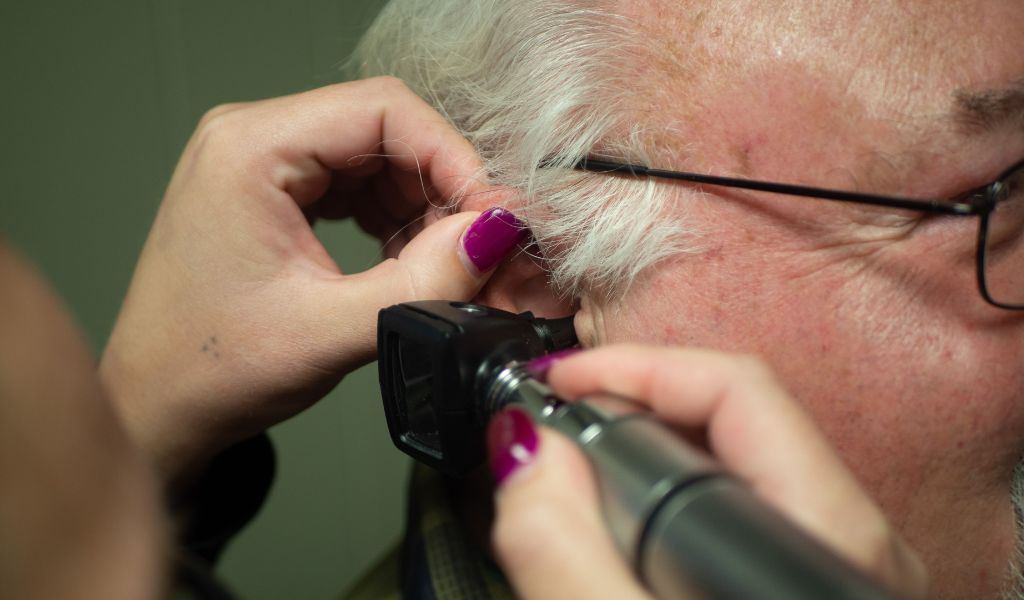Listen to the Podcast:
Hearing loss can significantly impact an individual’s quality of life, affecting their ability to communicate, work, and enjoy leisure activities. While some forms of hearing loss are hereditary, many cases are preventable.
Exposure to loud noises, infections, and certain medications can contribute to hearing loss. Fortunately, individuals can use several hearing loss solutions to reduce the risk of hearing loss and protect their hearing. This piece will explore some of these methods and how they help maintain hearing health.
Wear Ear Protection
Wearing ear protection reduces the risk of hearing loss, especially for those who work in noisy environments or participate in loud activities such as music concerts or motorcycling. Earplugs and earmuffs are suitable for protecting the ears from loud sounds. Earplugs are small and portable, making them convenient for everyday use, while earmuffs are larger and more suitable for extended exposure to loud sounds.
Choosing the right type of ear protection is essential to ensure it fits well while providing maximum protection. Wearing ear protection consistently and correctly to avoid damage to the ear is recommended.
Regular Hearing Tests
Hearing tests can detect hearing loss early, allowing individuals to take appropriate steps to prevent further damage. These tests can also identify underlying medical conditions contributing to hearing loss, such as ear infections or tumors. The frequency of hearing tests will vary depending on an individual’s age and risk factors, but generally, adults up to 50-year-old should have these tests at least once every ten years, followed by every three years after that. Children should have their hearing tested at birth and then regularly throughout childhood.
Treat Ear Infections Promptly
Prompt treatment of ear infections is crucial in reducing the risk of hearing loss. Ear infections can cause temporary or permanent hearing loss if left untreated. The infection can cause inflammation and fluid buildup in the middle ear, leading to temporary hearing loss. In severe cases, the infection can damage the eardrum, the tiny bones in the middle ear, and the cochlea, resulting in permanent hearing loss.
Symptoms of an ear infection include ear pain, fever, and a feeling of fullness in the ear. If an individual experiences these symptoms, they should seek medical attention promptly. Treatment involves antibiotics and pain relief medication; in some cases, the doctor may need to drain the fluid from the middle ear.
Maintain a Healthy Lifestyle
A healthy lifestyle is essential for reducing the risk of hearing loss. A healthy lifestyle helps prevent conditions that can lead to hearing loss, such as high blood pressure and diabetes. Here are some tips for maintaining a healthy lifestyle:
- Eat a healthy diet: A balanced diet rich in fruits, vegetables, and whole grains can provide essential vitamins and minerals that support overall health.
Exercising regularly: Regular exercise improves health, which prevents conditions that cause hearing loss.
Limiting alcohol consumption and Avoiding Smoking: Excessive alcohol consumption and smoking can damage the auditory system, leading to hearing loss. Limiting alcohol consumption and quitting smoking or never starting can help reduce the risk of hearing loss.
Hearing loss is a prevalent condition that can significantly impact an individual’s quality of life. The above-discussed steps can substantially reduce an individual’s risk of hearing loss and maintain their hearing health for years. Finally, prevention is key to protecting hearing health, and by taking proactive steps, individuals can prevent hearing loss before it occurs.







































